The textile industry operates on tight margins where efficient inventory management often separates profitable businesses from struggling ones. Among the critical metrics determining operational health, fabric inventory turnover stands out as both a performance indicator and a strategic compass. Unlike fast-moving consumer goods, fabric inventory carries unique challenges – seasonal demand fluctuations, raw material lead times, and the capital-intensive nature of textile storage. Companies mastering this metric don't just track numbers; they weave inventory intelligence into their organizational DNA.
Fabric inventory turnover represents how often a company sells and replaces its stock within a given period. The calculation seems deceptively simple: divide the cost of goods sold by average inventory value. However, beneath this arithmetic lies a complex interplay of procurement strategies, production scheduling, and demand forecasting. Textile manufacturers averaging 6-8 annual turns typically demonstrate healthier cash flow than those stuck at 3-4 turns. Yet blind pursuit of higher turnover can backfire when it leads to stockouts during peak demand cycles.
Successful textile enterprises approach inventory turnover as a dynamic equilibrium rather than a static target. A home furnishings producer might deliberately maintain slower-turning luxury fabric inventories to accommodate bespoke client requests, offsetting this with rapid turnover in their standard linen lines. The art lies in segmenting inventory based on product characteristics rather than applying blanket turnover targets. This nuanced understanding separates inventory managers from inventory strategists.
Modern textile operations employ several levers to optimize turnover without sacrificing service levels. Vendor-managed inventory programs with key suppliers can compress lead times by 40-60%, while predictive analytics help anticipate raw material needs before purchase orders materialize. Some forward-thinking mills have implemented fabric postponement strategies – holding undyed greige goods until customer specifications arrive, effectively turning their inventory faster without increasing fulfillment risk.
The human element remains crucial despite technological advancements. Floor managers who can "read" inventory patterns often spot emerging turnover issues before ERP systems flag them. A seasoned warehouse supervisor might notice that certain fabric rolls consistently move to the back of storage racks – an early warning of potential dead stock. These observational insights complement quantitative data, creating a holistic view of inventory health.
Climate-controlled storage represents both a challenge and opportunity for fabric inventory turnover. While specialized facilities increase carrying costs, they also enable longer holding periods for sensitive materials without quality degradation. Smart textile operators factor these environmental controls into their turnover calculations, sometimes justifying lower turnover rates for premium fabrics that command higher margins. The key lies in understanding how storage conditions affect both inventory velocity and product value.
Global supply chain disruptions have forced textile companies to reevaluate traditional turnover paradigms. Where lean inventory models once dominated, many firms now strategically increase certain fabric holdings as buffer stock. This recalibration doesn't negate turnover importance but rather contextualizes it within broader risk management frameworks. The most resilient operations maintain turnover flexibility – able to accelerate or decelerate inventory velocity in response to macroeconomic tremors.
Inventory turnover intersects profoundly with sustainability initiatives in the textile sector. Faster-turning synthetic fabric inventories might show impressive financial metrics but conceal environmental costs from frequent shipments and disposal of unsold goods. Conversely, natural fiber inventories with slightly slower turnover could yield better sustainability profiles despite modest financial metrics. Progressive companies now evaluate turnover through triple-bottom-line lenses – measuring people and planet impacts alongside profit.
The digital transformation of textile operations introduces both complexity and clarity to turnover management. IoT-enabled smart shelves automatically track fabric roll movements, while AI-driven demand sensing tools predict regional preference shifts. Yet these technologies demand significant integration efforts. Successful implementations typically follow a crawl-walk-run approach, starting with basic digital tracking before layering on predictive analytics. The most effective systems don't just report turnover rates but suggest actionable improvements.
Cultural factors subtly influence fabric inventory turnover across global operations. Asian textile manufacturers often prioritize relationship-based inventory practices with longstanding suppliers, sometimes accepting slower turnover for supply chain stability. Western counterparts tend toward transactional models favoring inventory velocity. Neither approach proves universally superior – the wisest multinationals adapt their turnover strategies to regional business ecosystems while maintaining core operational principles.
As textile businesses mature, their inventory turnover strategies typically evolve through recognizable phases. Startup phase operations often tolerate erratic turnover while establishing market footholds. Growth-stage companies frequently overcorrect toward hyper-efficient turnover that strains supplier relationships. Truly sustainable approaches emerge in the maturity phase, where balanced turnover becomes one component of integrated working capital management. Recognizing these developmental stages helps executives set appropriate turnover expectations.
The future of fabric inventory turnover likely involves blockchain-enabled transparency, allowing supply chain partners to coordinate turns across interconnected networks. Imagine a scenario where a fabric manufacturer's inventory system automatically adjusts production schedules based on real-time retailer turnover data. Such collaborative inventory ecosystems could reduce industry-wide carrying costs while improving fill rates. The companies pioneering these approaches today will likely define tomorrow's inventory management standards.

By Grace Cox/Apr 27, 2025

By Noah Bell/Apr 27, 2025
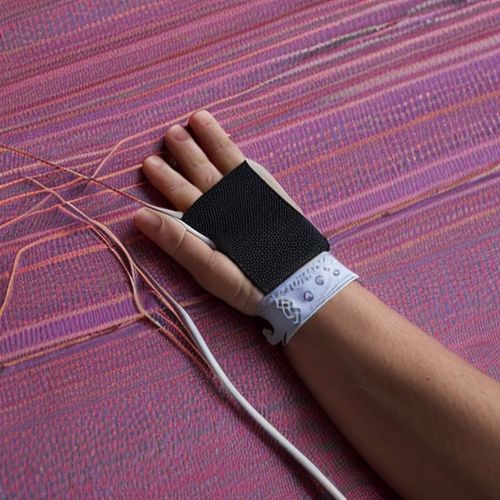
By James Moore/Apr 27, 2025

By James Moore/Apr 27, 2025

By Thomas Roberts/Apr 27, 2025

By Grace Cox/Apr 27, 2025

By Joshua Howard/Apr 27, 2025

By George Bailey/Apr 27, 2025

By Olivia Reed/Apr 27, 2025

By Sarah Davis/Apr 27, 2025

By Olivia Reed/Apr 27, 2025

By Elizabeth Taylor/Apr 27, 2025
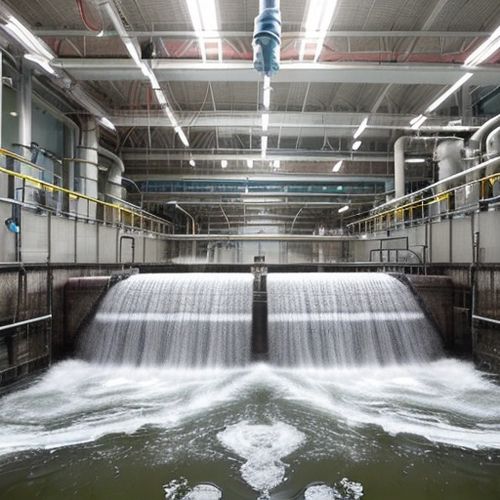
By Joshua Howard/Apr 27, 2025

By Victoria Gonzalez/Apr 27, 2025
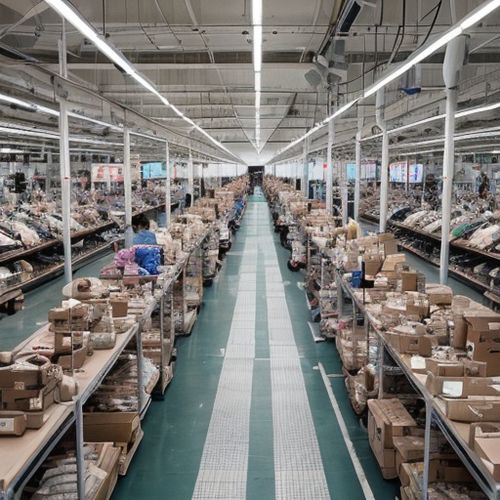
By Michael Brown/Apr 27, 2025

By Olivia Reed/Apr 27, 2025

By Grace Cox/Apr 27, 2025
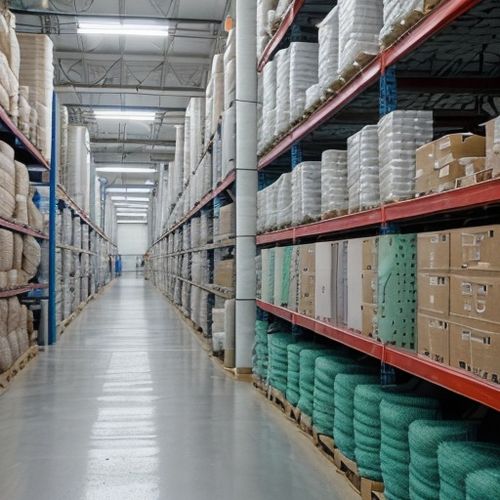
By Amanda Phillips/Apr 27, 2025

By Lily Simpson/Apr 27, 2025
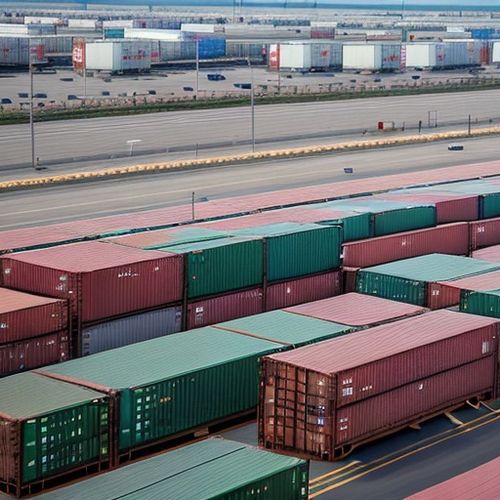
By Elizabeth Taylor/Apr 27, 2025